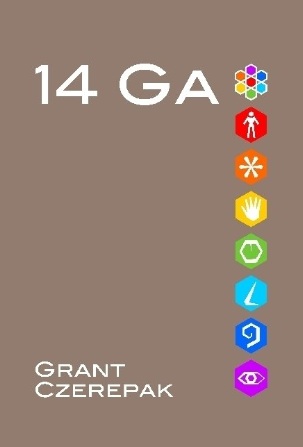It was Peter Drucker who revealed undeniably that business was a science that could lead to predictable results. The way he did so was by collecting and systematizing all the knowledge he could gather on the subject and then testing hypotheses. After much deliberation on the science of systems and the science of business. I present the Physics Framework above and the Enterprise Framework below. As one physics Nobel laureate said, “If you aren’t doing physics, you’re stamp collecting!”
I am working to refine my framework table for a lay audience. It is a vocabulary for a business system. Like the Linnean system, by using the intersection of the row and column (two terms) I can identify any operation of the system. Still needs work, but its getting there.
It is based on an associative (node and link) architecture not a relational (table and relationships) architecture.
At first glance this might be regarded as a Zachman Framework. The columns by convention are called focuses. The rows called perspectives. The interrogatives make up the column header. John Zachman offered some poorly chosen row headers which I’ve replaced. There are two major differences. First, it requires an additional focus as part of the enterprise, the Market which is measured in potential profit. It’s time for the academics and bureaucrats to stop turning up their noses to the source of their existence: a market that will pay in currency to fatten their budgets. Second, REVISE, the nodes, are something obvious to Einstein; RELATE, the links, something obvious to Drucker (remember the links are verbs); REPORT, the node and link attributes, should be obvious to Thomas Jefferson; RECORD, the databases, to Carnegie; REGARD, the datatypes, to Turing; REPOSE, the ordinality, which remembers whats related to what, REVEAL, the cardinality, full of exceptions to the enterprise.










